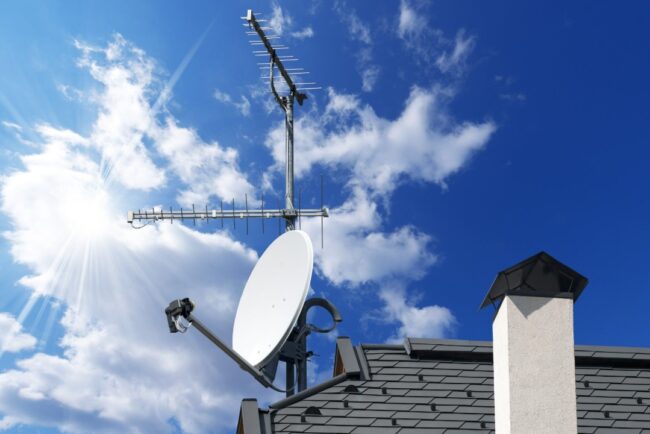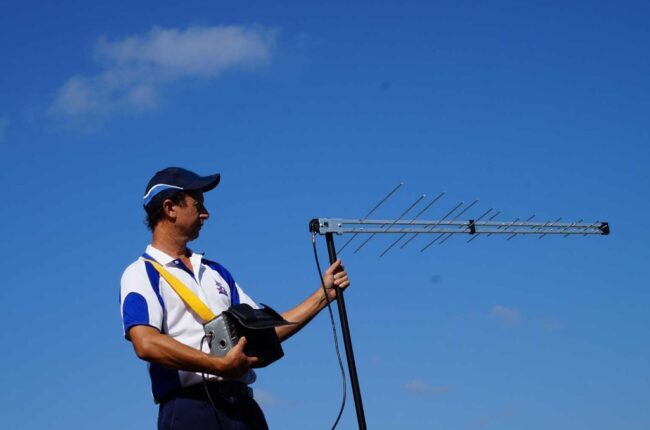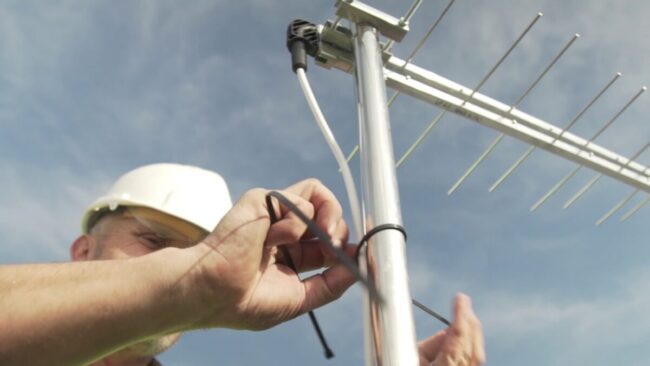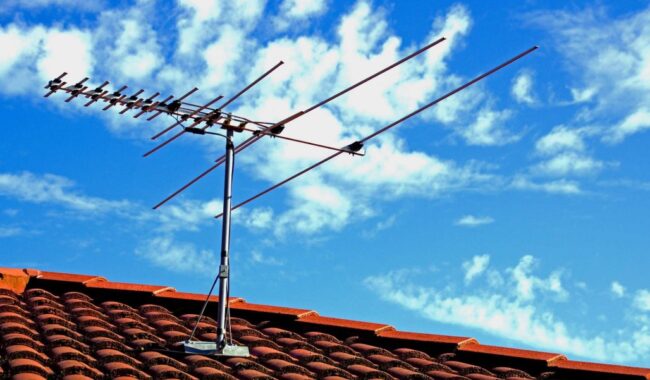
In today’s world, a reliable TV signal is essential for enjoying your favourite shows, sports, and films. Whether you’re cutting the cord from satellite TV or just looking to improve your reception, TV aerial installation is a vital step in ensuring high-quality viewing. Proper installation of a TV aerial not only ensures optimal signal strength but also prevents interference and disruptions in your signal.
In this post, we’ll explore the basics of TV aerial installation, why it’s important, and some tips for getting the best performance from your aerial.
What Is TV Aerial Installation?
TV aerial installation involves setting up an antenna that receives over-the-air signals from broadcast towers, allowing you to access free-to-air channels, such as those offered by Freeview or FreeSat. The aerial receives radio frequency signals, which are then transmitted to your TV for viewing.
The installation process typically involves selecting the right type of aerial for your location, positioning it in an optimal place, and connecting it to your TV. This might include securing the aerial on the roof, loft, or a wall bracket, depending on the location and signal strength requirements.
In some cases, additional equipment such as signal boosters or amplifiers may be required to enhance reception, especially in areas where signal strength is inconsistent or weak. A proper coaxial cable and quality connectors also contribute to reducing signal loss between the aerial and your television set.
Why Is TV Aerial Installation Important?

Proper TV aerial installation is crucial for several reasons:
- Signal quality ─ A well-installed aerial ensures you get the best reception, resulting in clearer picture quality and less pixelation or interruptions.
- Wide range of channels ─ If you rely on an antenna for free-to-air TV, having the correct installation will help you access a wide variety of channels without needing a subscription.
- Long-term reliability ─ A good installation will ensure the aerial remains secure and works effectively over the long term, even in adverse weather conditions.
- Cost efficiency ─ By choosing free-to-air options like Freeview or FreeSat, TV aerial installation offers a cost-effective way to access entertainment without ongoing subscription fees.
Furthermore, having a properly installed aerial helps eliminate many of the frustrations that come with poor reception, like missing key moments during live events or enduring distorted audio and video.
How to Choose the Right TV Aerial
Selecting the right TV aerial is key to achieving good reception. The type of aerial you need depends on several factors, such as your location, the distance from the nearest transmission tower, and the types of signals available in your area.
- Indoor aerials ─ These are ideal for those in urban areas with strong signal strength. They’re typically compact and easy to install but may struggle with weaker signals or long distances from broadcast towers.
- Outdoor aerials ─ Outdoor aerials are designed for better signal reception, especially in rural or distant locations. They are typically installed on rooftops or in loft spaces and offer much better reception than indoor models.
- High-gain aerials ─ If you’re located in an area with weak signals, a high-gain aerial might be the best option. These are larger and can pick up signals from farther away, ensuring a stronger, more reliable connection.
Another factor to consider is whether you need a directional or omnidirectional aerial. Directional aerials must be aimed at a specific transmitter but often provide stronger reception, while omnidirectional aerials can pick up signals from multiple directions, offering more flexibility.
Professional vs DIY TV Aerial Installation

While installing a TV aerial may seem like a straightforward task, it can be more challenging than expected. Positioning the aerial correctly is critical to receiving the best signal. Often, the best spot for signal reception is higher up, requiring installation on a rooftop or external wall.
If you’re comfortable working with ladders and tools, you can install the aerial yourself. However, keep in mind that:
- Positioning matters ─ An aerial needs to be positioned in the right direction, which may require finding the precise location of broadcast towers in your area.
- Safety ─ Roof and loft installation can be risky without the proper equipment and experience.
- Optimal performance ─ Professional installers have the experience to fine-tune the aerial’s positioning, making sure you get the best possible signal.
For most people, hiring a professional is the best option. They can quickly assess your needs, install the aerial securely, and connect everything properly for optimal performance. They can also test signal strength using specialized equipment, which is particularly helpful in complex environments.
Maintenance and Troubleshooting
Once your TV aerial is installed, it’s essential to maintain it. Over time, environmental factors such as wind, rain, or snow can affect the aerial’s position, leading to signal degradation. Periodically check your aerial to ensure it remains aligned and free from obstructions.
If you experience signal problems, try the following steps:
- Check the cable ─ Ensure that the cable connecting the aerial to your TV is in good condition.
- Reposition the aerial ─ Sometimes, small adjustments in direction can make a big difference in signal strength.
- Check for interference ─ Other electronics or nearby buildings can interfere with the signal, so ensure there are no obstructions around the aerial.
It’s also a good idea to rescan your channels occasionally, especially if new transmitters are launched or your provider updates their broadcasting range.

Conclusion
Proper TV aerial installation is key to enjoying high-quality television with minimal interruptions. By choosing the right aerial, hiring a professional installer, and maintaining your system, you can enjoy clear, reliable signals for years to come. Whether you’re upgrading your current setup or switching to free-to-air TV, investing in quality aerial installation is an important step toward a better viewing experience.
